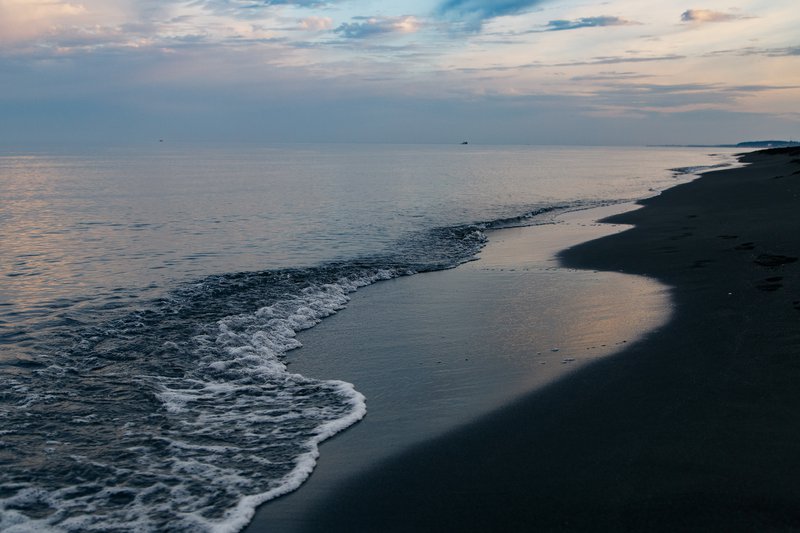Unique experiment: Georgia opens a winery at the bottom of the Black Sea

In Georgia, a country with rich traditions of winemaking, an amazing idea has appeared - a winery at the bottom of the Black Sea. Georgian entrepreneurs decided to apply an innovative method of wine aging by placing clay amphorae with wine on the bottom of the sea. This will create unique conditions for aging and give the wine a special depth and richness of taste.
The idea of underwater winemaking arose during the pandemic thanks to marine ecologist and Chairman of the Georgian Scuba Diving Association David Nikolishvili and experienced winemaker Zurab Kumsiashvili. The essence of the method is that amphorae with wine are specially lowered to the bottom of the Black Sea.
Nikolishvili says that wine is a pretentious product that requires special conditions for its development. It is the silence, darkness and low temperature characteristic of the Black Sea that create the ideal environment for wine aging. Other countries are already engaged in underwater winemaking, but Georgia uses unique clay amphorae that have no analogues.
Entrepreneurs who are passionate about this idea have already sold one amphora for 500 lari via the Internet, which indicates a high demand for such wines. They also plan to develop this project by opening an underwater wine museum and a park. Despite the interest of investors, the implementation of the project is hampered by the lack of relevant legislation regulating the lease of territory at sea.
The tradition of winemaking in Georgia has been going on for eight thousand years and is an integral part of Georgian culture. There are many different grape varieties flourishing in the country, including many unique and rare varieties that have Georgian roots. Georgia, known for its kvevri - clay amphorae used for wine aging, is a real paradise for wine lovers.
This unique experiment with underwater winemaking will allow Georgia to take a special place on the world wine map. The taste and aroma of wines aged at the bottom of the Black Sea will open up new facets and opportunities for the Georgian wine industry. We will observe the development of this fascinating project and expect the appearance of unique underwater wines of Georgian origin.





2 comments
Log in to leave a comment